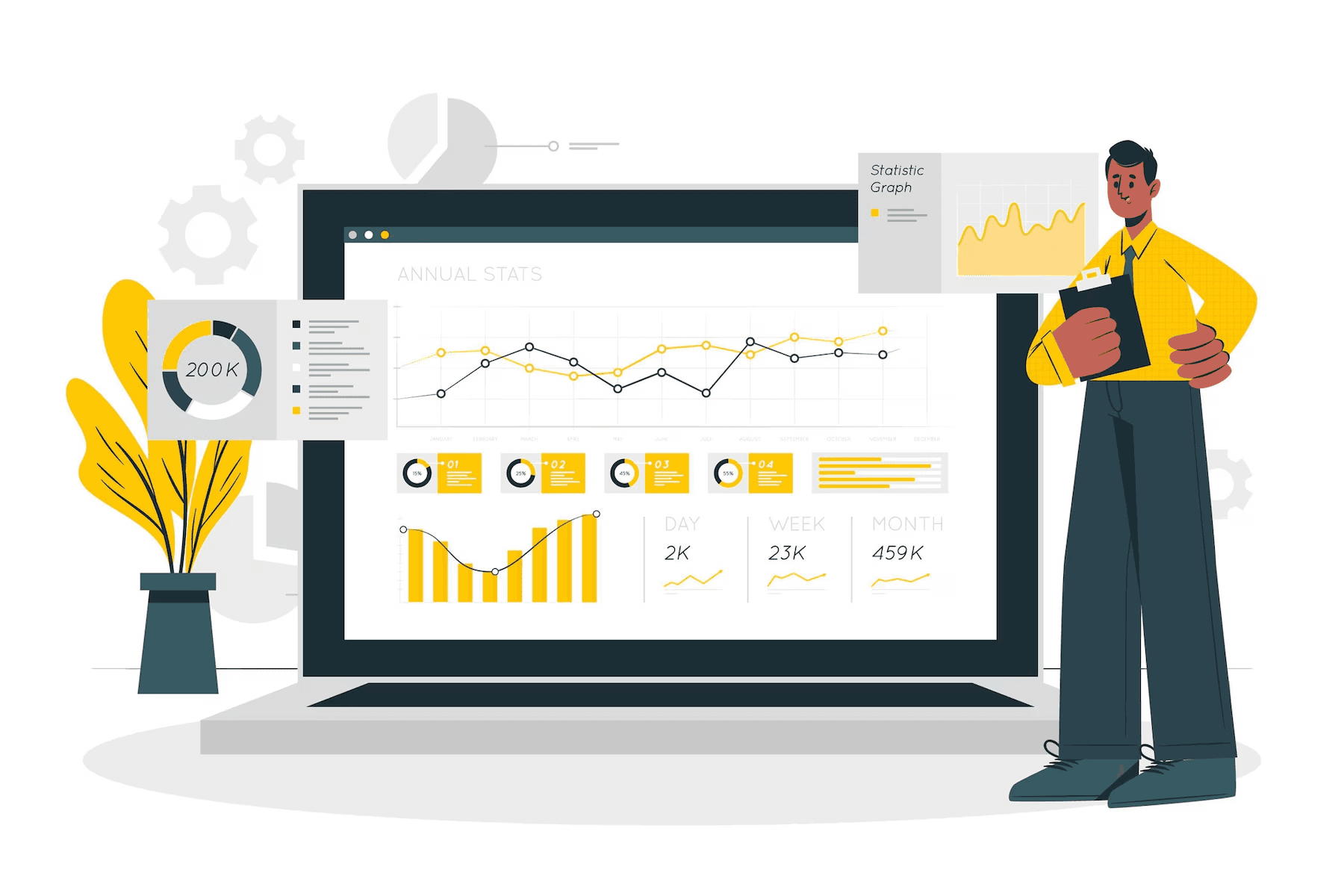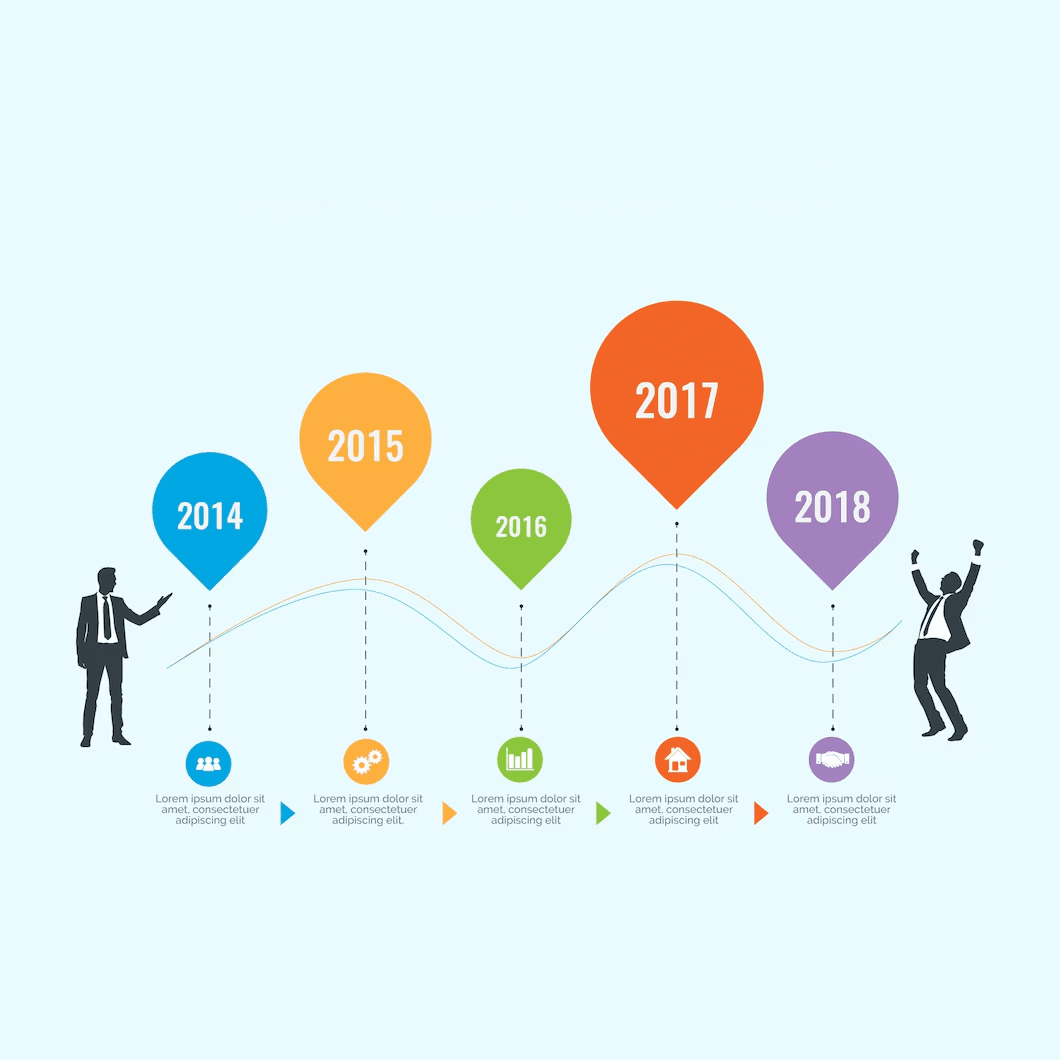A sprawling to-do list overshadows the essence of a project, redirecting focus to activities that contribute little to overarching goals. This scattered approach drains momentum and dissipates effort.
Task prioritization intervenes as a decisive process, steering energy and resources toward objectives that truly drive progress. It transforms scattered tasks into deliberate actions, each tied to a specific outcome.
Beyond creating order, prioritization embodies adaptability. As projects evolve, the ability to reassess and realign priorities becomes pivotal. This iterative practice ensures that shifting demands do not derail progress but refine the direction.
It sets the stage for a roadmap that responds to change without losing focus on what matters most.
Deep Dive into Task Prioritization Frameworks
MoSCoW: The Essentials vs. The Optional
The MoSCoW framework dissects tasks into four categories: Must-Have, Should-Have, Could-Have, and Won’t-Have. This hierarchy clarifies which tasks are non-negotiable and which can be deferred or discarded.
Must-Haves dominate the roadmap, ensuring progress even under constraints, while Should-Haves and Could-Haves accommodate flexibility. This layered approach guarantees balance without compromising the project’s core objectives.
By leveraging MoSCoW, teams establish clear decision-making criteria, reducing the time wasted on debating task importance. Additionally, it provides a foundation for stakeholder alignment.
When stakeholders understand the rationale behind prioritization, they are more likely to support and collaborate on the roadmap, minimizing conflicts and fostering unified efforts.
RICE Scoring: Data-Driven Decisions
RICE evaluates tasks by their Reach, Impact, Confidence, and Effort. High-reach tasks affect the largest user base, while high-impact tasks promise transformative results. Confidence levels temper ambitious estimates, and effort ensures that resources are not overstretched. RICE prioritization roots decisions in data, leaving little room for guesswork.
This framework also integrates quantitative insights with strategic vision. It ensures that long-term goals are not compromised for short-term wins. By maintaining a balance between ambition and feasibility, RICE scoring positions teams to execute tasks that deliver sustained value without overburdening available resources.
Impact/Effort Matrix: Maximizing ROI
An Impact/Effort matrix segregates tasks into four quadrants: Quick Wins, Major Projects, Fill-Ins, and Time Sinks. Quick Wins, with high impact and low effort, are prioritized for immediate gains. Time Sinks, offering minimal value for maximum effort, are ruthlessly cut. This visual framework streamlines decision-making, ensuring that resources drive tangible results.
Unlike rigid frameworks, the matrix adapts seamlessly to dynamic project landscapes. It fosters swift decision-making by simplifying complex prioritization scenarios into actionable quadrants. This approach empowers teams to navigate uncertainties with clarity and focus, ensuring that resources are always directed toward impactful outcomes.
The Strategic Role of Prioritization in Project Roadmaps
Amplifying Resource Efficiency
Prioritization ensures that resources are aligned with high-value tasks. Teams allocate time, budget, and skills where they matter most. This approach eliminates wastage, allowing projects to achieve more with less.
Resource efficiency extends beyond operational benefits; it directly impacts stakeholder trust and project credibility. Efficient resource allocation demonstrates accountability and drives confidence among clients, partners, and team members. It reinforces the message that every task undertaken is a deliberate step toward the project’s ultimate goal.
Establishing Clear Metrics
Defined metrics, such as task completion rates and impact measurements, track prioritization effectiveness. These metrics provide actionable insights, enabling adjustments that sharpen focus and elevate outcomes.
Metrics also provide a feedback loop. They highlight which tasks deliver on their expected outcomes and which fall short. By analyzing these results, project managers refine future roadmaps, improving prioritization accuracy over time. This iterative process ensures continuous improvement and reinforces strategic alignment.
Managing Task Dependencies
Dependencies determine the sequence of execution. By prioritizing tasks with multiple downstream effects, bottlenecks are avoided. Dependencies are not constraints—they are opportunities to optimize the roadmap.
Mapping dependencies also strengthens contingency planning. Teams proactively address potential delays by identifying critical-path tasks and allocating additional buffers where necessary. This approach transforms dependencies from potential risks into enablers of streamlined execution.
Elevating Communication in Task Prioritization
Unified Communication Channels
Clear, centralized communication fosters alignment. Teams receive direct, actionable priorities, leaving no room for ambiguity. A shared understanding drives cohesive execution.
Strong communication channels also facilitate feedback loops. Teams can flag challenges, propose refinements, and ensure that prioritization decisions remain relevant. This continuous dialogue fosters trust and adaptability, creating a robust framework for collaboration.
Leveraging Collaboration Tools
Task visualization platforms enhance collaboration. Gantt charts, Kanban boards, and real-time updates ensure that everyone works in sync, irrespective of location. Collaboration tools convert abstract priorities into tangible action.
These tools also democratize decision-making. By offering visibility into task hierarchies and dependencies, they empower team members to contribute insights and identify potential gaps. This inclusivity strengthens the roadmap and drives collective ownership.
Individual Accountability
Prioritization clarifies responsibilities. Each team member understands their tasks’ significance within the larger roadmap. This clarity drives ownership and accelerates execution.
Accountability extends beyond task completion; it reinforces a culture of excellence. When individuals recognize the impact of their contributions, they approach their work with heightened focus and dedication. This alignment between individual and organizational goals fosters superior outcomes.
Practical Steps to Refine Task Prioritization
Validating Roadmap Feasibility
Roadmap validation is non-negotiable. Cross-referencing priorities with available resources ensures practical execution. Misaligned priorities undermine progress.
Validation also ensures stakeholder buy-in. Involving key decision-makers in this process builds consensus, streamlining subsequent approvals and reducing the risk of misalignment during execution. This proactive approach fortifies the roadmap’s credibility and robustness.
Harnessing Prioritization Tools
Tools equipped with drag-and-drop hierarchies and dynamic scoring frameworks simplify prioritization. Features like dependency mapping and real-time adjustments transform chaotic task lists into structured roadmaps.
These tools also foster transparency. They provide stakeholders with clear visibility into prioritization decisions, reducing disputes and enhancing collaboration. With accessible data, teams can pivot quickly, maintaining momentum even amid changes.
Real-Time Adjustments
Adaptability solidifies prioritization. Continuous assessment of emerging needs ensures relevance. Adjustments are opportunities to refine, not deviations from the plan.
Real-time adjustments also mitigate risks. By recalibrating priorities in response to challenges, teams prevent minor disruptions from escalating into major roadblocks. This agility ensures that projects remain on course, irrespective of external dynamics.
Adapting Prioritization to Diverse Scenarios
Navigating Fast-Paced Projects
Fast-paced projects demand immediate prioritization, focusing on tasks that deliver quick, measurable wins. Decision-making is instantaneous, with minimal room for deliberation.
These projects also thrive on simplified frameworks like Impact/Effort matrices. By zeroing in on high-impact tasks, teams maintain momentum, meeting aggressive timelines without compromising quality.
Managing Complexity
In intricate projects, weighted scoring systems manage complexity. Every task is dissected for its impact, dependencies, and feasibility, ensuring no detail is overlooked.
Complexity also requires granular planning. Breaking large tasks into manageable components reduces overwhelm, ensuring systematic progress toward overarching goals. This methodical approach enhances clarity and execution.
Balancing Solo and Team Dynamics
Solo managers prioritize to optimize personal bandwidth, while team leaders focus on creating shared priorities. The approach differs, but the goal—efficient task execution—remains constant.
Team dynamics benefit from collaborative tools that integrate individual efforts into a cohesive roadmap. This alignment ensures that solo efforts and team contributions drive collective success.
Delivering Outcomes That Matter
Combating Scope Creep
Prioritization establishes clear boundaries. Tasks that deviate from the roadmap are deprioritized, safeguarding the project’s focus and integrity.
By maintaining disciplined prioritization, teams avoid overextension. Scope creep loses its disruptive potential, ensuring that projects remain efficient and purpose-driven.
Building on Success Stories
Case studies of prioritized roadmaps reveal faster execution, fewer roadblocks, and greater stakeholder satisfaction. These examples validate the power of strategic prioritization.
Success stories also inspire innovation. Teams replicate effective strategies while experimenting with new frameworks to optimize results further. This continuous evolution drives sustainable success.
Learning from Errors
Missteps—like overloading priorities or ignoring stakeholder input—underscore the need for structured frameworks. Learning from failures refines future roadmaps, improving prioritization accuracy over time.
These lessons also foster resilience. By addressing weaknesses head-on, teams build stronger processes that anticipate and mitigate similar challenges in future projects.
Conclusion
Task prioritization defines the trajectory of a project. It channels energy into high-value tasks, ensuring alignment with larger goals and maximizing impact. Without prioritization, projects risk stagnation or veering off course, unable to meet expectations or deliver results.
Strategic prioritization turns disorganized efforts into focused execution, driving projects toward successful completion.
Effective prioritization is not a one-time exercise but a continuous discipline that adapts to changing demands, ensuring progress remains steady and purposeful. Transform your project roadmaps into success frameworks by embracing prioritization as the cornerstone of every initiative.
Streamline task prioritization effortlessly with Pinrom, the project management tool priced at just $1/user—an unbeatable choice for solopreneurs seeking unmatched value.








